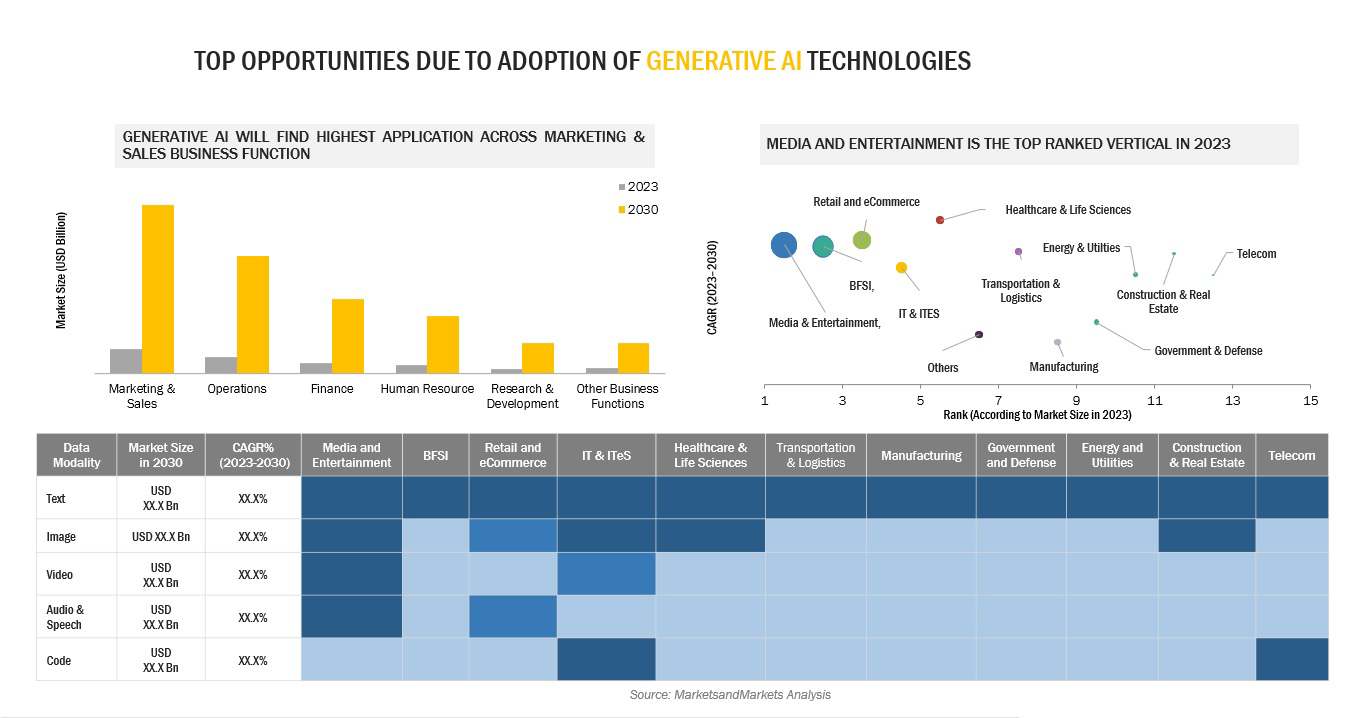What is a good digital product?
A good digital product has its purpose defined right after market analysis. This purpose may further expand depending on the varying market trends. While the ultimate goal is to ensure that the end users love using it, the primary goal revolves around resolving a problem faced by the potential customers.
Looking at the phases involved in digital product development, only the low-level process varies based on the approach chosen – waterfall or agile or hybrid. However, the higher-level operations remain common to any process, and the rest can be tweaked according to the complexity and constraints of the project.
Phases of digital product development
The phases of digital product development involve
Ideation
Design and development
Launch
Continuous engagement
Ideation
Any product starts with an idea. However, the success rate of digital products is only 10%. Ideation is not only looking into the development of the product, but also about having fixated vision, and a thorough market analysis. This phase begins with identifying a problem to be resolved. The feasibility of the probable product is determined, thereby calculating its practical possibilities and limitations.
Ideation also includes building a strategy and a product roadmap from beginning till the end. Data analysis plays a huge role at this stage, as it gives an insight on competitive analysis, success metrics, valuation, budget, and other basic data.
Ideation is incomplete without market analysis. Understanding what the firm is getting into, and what is required to stand out and be successful takes intense market analysis. Outlining target audience, analyzing the existing products, deciding where the firm’s product fits in the market are some of the important details to be considered during this phase.
Design and development
Design and development are when the vision starts becoming a reality. How the product should look and feel is determined here. There are smaller stages to achieve this.
Prototyping is the first and foremost attempt to introduce UX and UI as a visual representation. Although the functions are not fully built, this acts as a bridge to set the path and also reach out to potential investors.
Testing is when the developers look at the product from a user’s perspective. The UI/UX are fine-tuned, and the bugs to be fixed urgently are attended to.
Alpha/beta release is done in tandem. Alpha release is internal release for colleagues to use, and beta release happens immediately after this. The basic functionalities are made available for a set of users for their feedback.
QA testing is to fix more bugs and eliminate any possibility of a malfunction before releasing in the market. The chosen development approach determines the method used for QA testing.
MVP is defined at this stage, and the functions that will primarily be available for the customers is finalized.
Launch
Launch is the beginning of achieving the ultimate goal set for the product. All the hard work leads to this moment of launch. A launch is not a single activity. It involves a process from before, during, and after sending the product into the actual market.
Before launch, promotional events, and online platforms should be used to let the users know of what’s to come. Social media campaigning, influencer campaigns, email marketing, guest posting, reviews prior to release, promotion campaigns are some of the activities followed before launch.
During launch, a good website, landing page, and product descriptions are important to convey the right things to the customers. Buying the product should be a smooth experience. It should be supported with a well-curated customer support system to assist the customers in need.
Continuous engagement
Post launch activities are crucial to keep the customers happy, and retain them. Updates, developing more features, customer support form an integral part of these activities. This is to ensure product growth, and meet new needs of the users.
A product does not stop with the launch. Continuous growth ensures it stays updated with the trends of the market. No product is perfect. If a firm works with a digital product development partner, the job of experts is pretty much over with launch. Updates are decided based on agreements between the two parties. However, they ensure that the firm’s team is ready to handle further engagements and expansion of the product.
Collection of data based on user feedback determines the path it should travel from here on. Marketing engagements should continue to keep the customers in loop, and create a strong user base. Continuous testing, minor improvements and bug fixing should happen from time to time.
Future of digital product development
Digital products strengthen the focus on customers. They provide with high level of personalization and better user interfaces. The future involves more usage of AI to study customer interests. According to a study, 41% of companies use data and AI for at least a part of their digital product development process. This number is only going to increase. Better digital tools have guaranteed release of quality products with minimum issues.
The only drawback currently is the problem of cyber security. A staggering number of 71% of the firms do not have enough protection against cyberattacks. For a system that involves digital usage and data for a predominant part of their processes, this has to be addressed immediately.
If you are looking for a partner to combat all these issues and deliver the perfect digital products to fit the market, reach out to our experts at Rootquotient – Leading Product Engineering Company.







